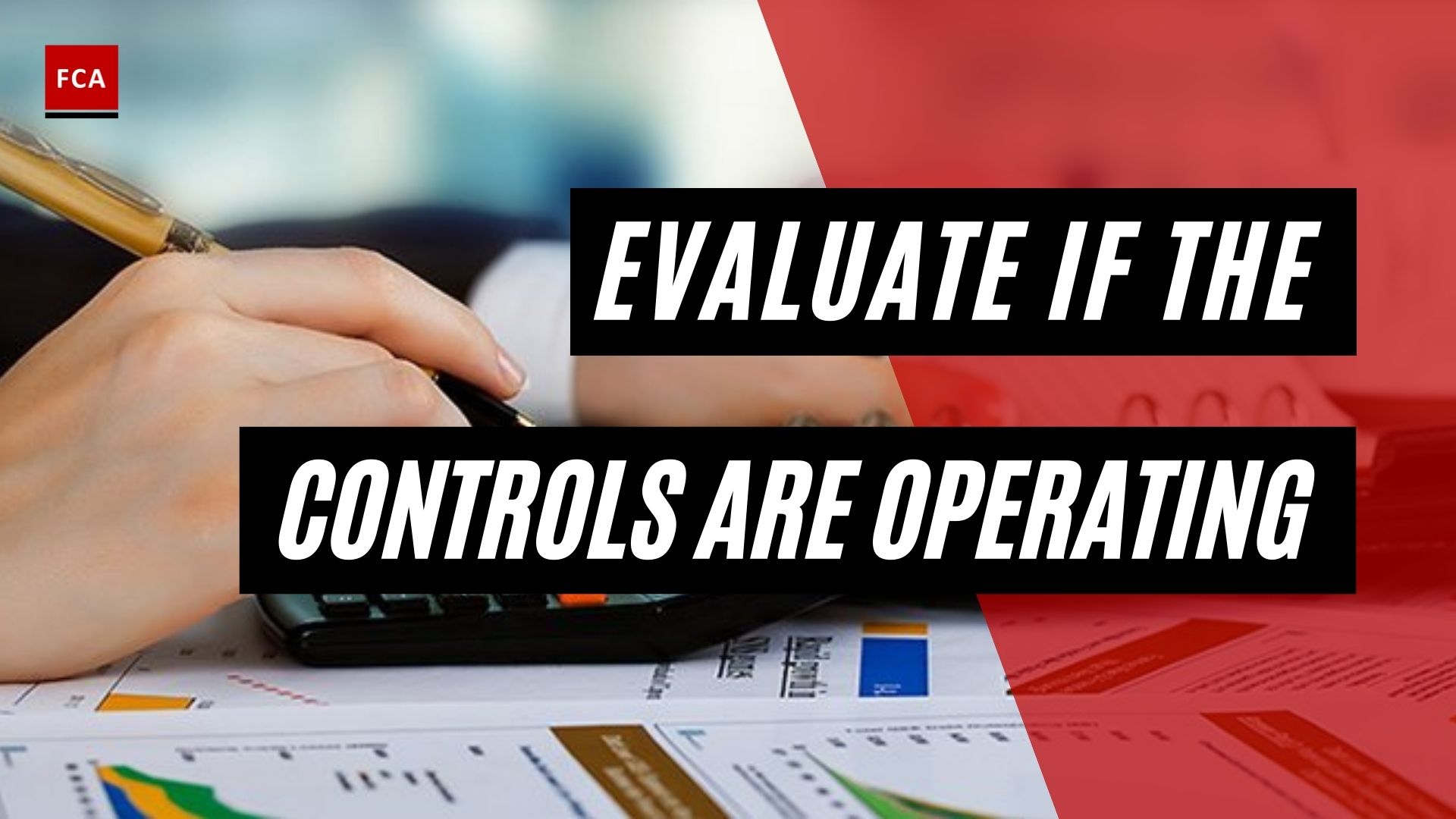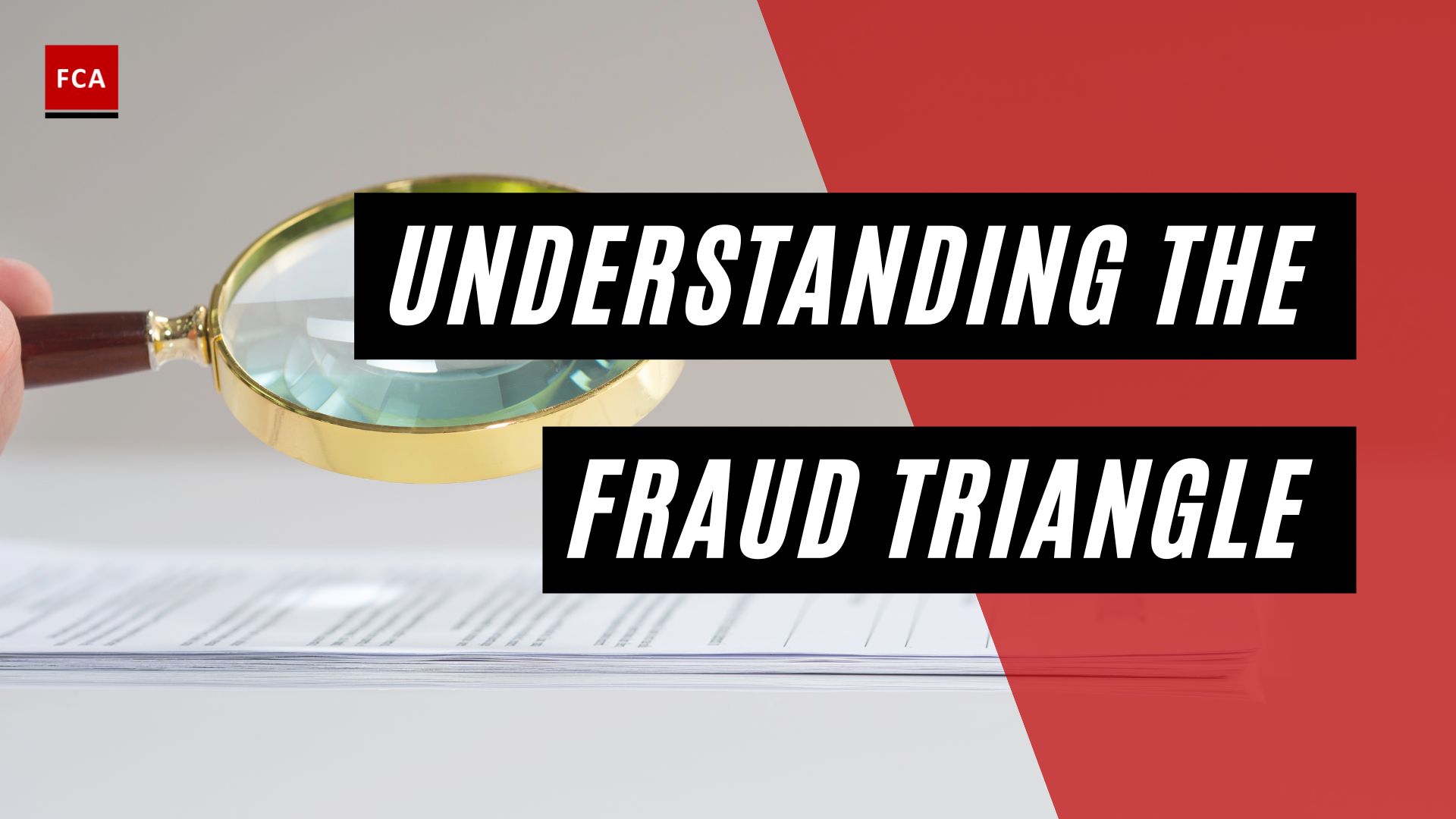Integrating anti-financial crime measures has become a critical priority for global regulatory bodies in order to safeguard the integrity of the financial system and combat money laundering and terrorist financing. Organizations, regularly review and counter the risks of financial crimes, and develop processes and systems, to integrate the anti-financial crime measures with the fraud risk management process.
Fraud, which is one of the types of financial crime, may take different forms and the criminals may use different financial crime techniques to break the financial channel controls, therefore the effective management of fraud risks, requires the integration of anti-financial crime measures with fraud risk assessment procedures. The integration enables management to assess the hidden and linked activities, that trigger many financial crime risks through one incident attempt.
For example, the initial credit card fraud attempt by a customer may later be converted into a money laundering activity, to hide the funds stolen from the credit card fraud.

Integrating Anti-Financial Crime Measures into Fraud Risk Management
Integrating anti-financial crime measures into Fraud risk management includes the identification, assessment, and management of fraud, which includes the assessment and management of financial-crime risks. Financial crime risk assessment is defined as the ‘process of understanding and analysis of financial crime risks that the organization is certainly exposed to’.
The possibility of the occurrence of financial crime risks necessitates a fraud risk assessment periodically. Financial crime incidents and cases in organizations have resulted in the depletion of profits, operating inefficiencies, and reputational losses to the organizations. For an organization, financial crime risks are potential incidents and events that could occur and influence the achievement of the organization’s core objectives and goals.
Integrating anti-financial crime measures or financial crime risk assessment is about understanding the nature of such potential incidents and events and, taking appropriate measures to address the threats posed by such potential risks. Devising risk mitigation strategies based on a risk assessment is important because unaddressed risk incidents negatively hit the different profiles of the organizations such as financial, operational, and reputational.
Fraud risk assessment and anti-financial crime frameworks help perform, evaluate, and report the results of the integrated fraud risk assessment.
To perform an integrated fraud risk assessment including financial crime risk assessment, the following information is required:
- The organizational compliance culture
- Anti-financial crime compliance program, and policies
- New and applicable regulatory announcements to counter financial crime
- Financial crime risk sources
- Financial crime incidents identified and escalated by employees to upper management for review and feedback
- Financial crime incidents identified during the compliance reviews and monitoring
- Internal financial crime loss database maintained by the anti-financial crime team
- Money laundering and terrorist financing risks and incidents occurred
- Audit observations and issues reported
- Regulatory inspections and reported regulatory breaches
- Status of previous implementation plans to mitigate fraud and other financial crime risks and issues
- Emerging frauds and financial crime risks, due to the digitalization and use of artificial intelligence (AI) in different processes, such as digital customer onboarding, digital verification, digital payments, cloud services to manage critical data, integration of systems with vendors, digital customer complaints management, etc.

Using the above data points or information, the knowledge base is created, to identify potential inherent financial crime risks in the business and operations of the organization. The knowledge base is created through meetings and coordination with people in the organization. Such coordination and meeting may include interviews, discussions, and observations of the processes and activities. Process owners are the people, who possess the actual knowledge base of the operations and activities in their relevant departments.
Knowledge is also gained through the analysis of actual fraud incidents that occurred and was reported within the organization. The financial crime database includes crime incidents that occurred at different locations and departments, with their financial and reputational impacts. Such a loss database serves as a reference point to identify the trend of fraudulent activities.
External sources such as information from customers in the form of complaints or inquiries may also indicate the possibility of fraud risks in a particular department or function. Regulatory authorities may also enquire regarding potential fraud, which also serves as the identification point for fraud risks in a particular area of the organization.
Once the risks are identified from different sources, the likelihood of the occurrence of fraud is assessed. Assessing the likelihood is a subjective process because usually relevant data or information is not available to the organization that accurately predicts the likelihood of a particular financial crime risk.
To assess the likelihood of financial crime risks, the organization may consider various factors such as past incidents, the prevalence of risk in the industry, internal control environment, available resources to address financial crime, prevention efforts by management, ethical standards followed, unexplained losses, customer complaints, etc.
Based on the general assessment and utilization of available information, the risk assessor develops or designs the preventive and detective controls in various processes and activities of the organization. Once the likelihood of financial crime risks is assessed, then the frequency of occurrence of the risks is to be assessed. The frequency is assessed based on the availability of past or historical information about fraud incidents.
Once the definition of impact and likelihood is defined to be used for risk assessment purposes, the inherent impact risk assessment is performed for identified fraud risks. Impact means the financial loss the organization may face if the fraud risk occurs. The impact may also be linked with the reputation of the organization but usually, quantification elements are considered to assess the inherent impact of the fraud risks.
Assessing integrated fraud and financial crime risks in different processes enables management, to have a deeper inside into the operational activities of different departments, which also highlights individuals performing core activities. Such analysis highlights the areas where segregation of duties is a must and identifies processes where the operating effectiveness of controls is found weak.
Management also identifies the general controls and differentiates these controls from the process specific controls which are built into the processes to prevent the occurrence of financial crime incidents.

Final Thoughts
Integrating anti-financial crime measures with fraud risk management is crucial for organizations to effectively identify, assess, and mitigate the risks associated with financial crimes. By understanding the interconnected nature of fraud and other financial crimes, organizations can develop comprehensive strategies to prevent and detect illicit activities within their operations.
This proactive approach not only safeguards the financial integrity of the organization but also helps maintain customer trust, protect reputation, and comply with regulatory requirements. Integrating anti-financial crime measures into fraud risk management ensures a holistic approach to mitigating risks and reinforces the resilience of the organization against evolving threats in the ever-changing landscape of financial crime.








